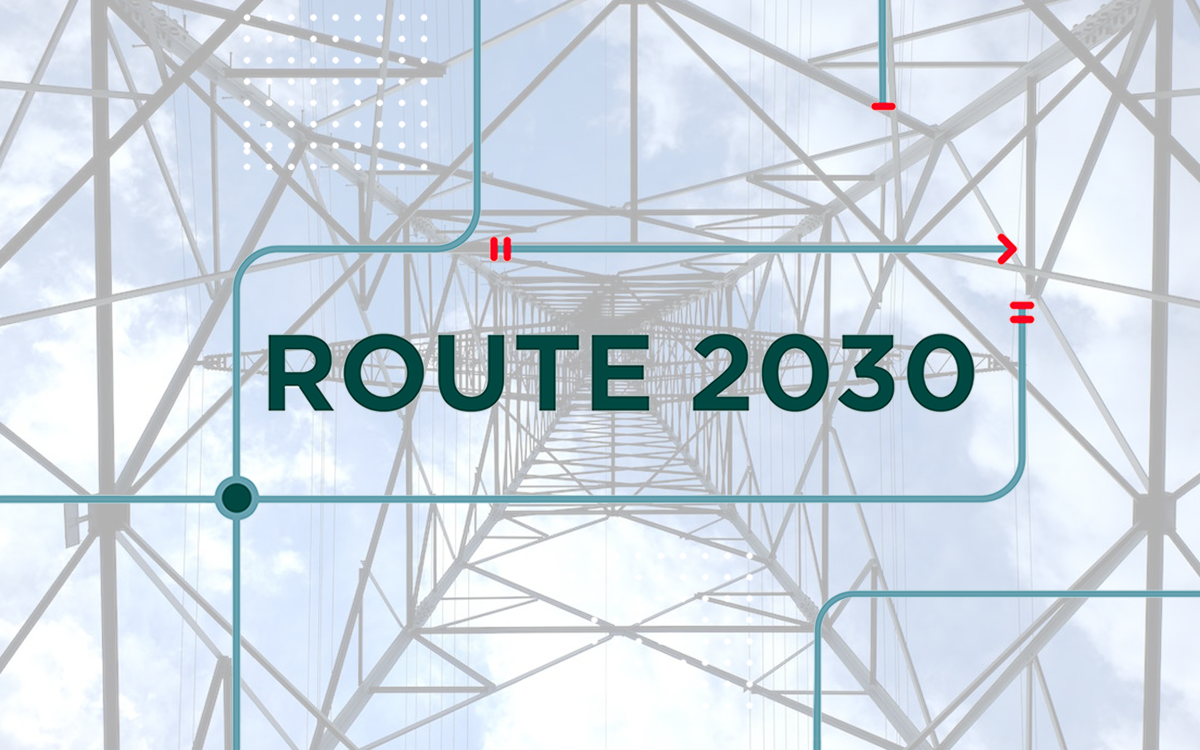Route 2030: Beaulieu Fibres International moves towards energy efficiency
B.I.G. is on course to achieve a zero environmental footprint by 2030. That’s right, zero. To make this journey more tangible, we’d like to offer you a passenger’s seat from which you’ll be able to really get up close and immerse yourself in our various sustainability projects. In this edition: Beaulieu Fibres International is measuring, predicting and reducing its energy consumption.
In order to achieve a zero environmental footprint by 2030, our aim is to reduce our global energy consumption by 20%. Beaulieu Fibres International (BFI) is leading by example: having first quantified its energy consumption, BFI is now using this information to implement targeted measures that will ensure an effective reduction in its energy use.
Collecting all the data
“In 2019, we installed many energy meters on key energy consumers at our sites in Wielsbeke and Kruisem (Belgium)”, says Technology Engineer Fibres Quincy Nollet. “Those meters monitor the energy consumption of the various machines within our production process. The data gathered are all stored in a central system, giving us a clear picture of how much energy each machine uses to make a particular product according to certain process parameters.”
From data to insights
“Over the years, our energy meters have accumulated vast amounts of data. We can use all that data to gain a real insight into our current energy consumption, and also to predict our energy consumption in the future. In order to do this, we’re working with 2 external parties who are helping us to create value out of this data: KU Leuven and SAS.
For the most important step of all in our production process, extrusion, KU Leuven has numerical simulation software. By comparing our historical data – which we can track back in time for up to 2 years – with the model, we are able to evaluate our energy consumption of each extruder. Our other party, on the other hand, does not have its own model. Instead, they are using our data to build an entirely new model which we can then apply to other steps in the production process.”
Optimizing our production process
“Now that we have all the data and tools at our disposal, we’ll be able to gradually adjust certain process parameters and at the same time continuously monitor all the changes in our energy consumption. According to KU Leuven’s model, we should be able to reduce our energy consumption by at least 10% for extrusion alone. The possibilities are manifold – it’s up to us to explore them in full, and to then introduce the most effective changes to our operations.”
